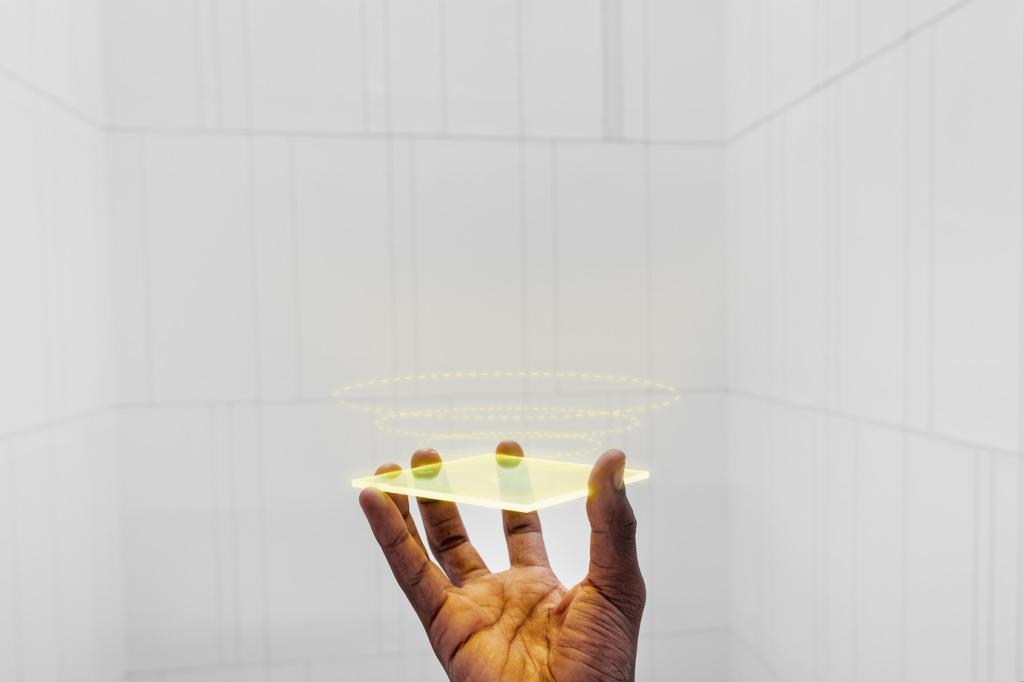This website uses cookies so that we can provide you with the best user experience possible. Cookie information is stored in your browser and performs functions such as recognising you when you return to our website and helping our team to understand which sections of the website you find most interesting and useful.
Smart Lighting for Energy-Efficient Homes
Smart lighting represents a revolutionary leap forward in the way modern homes consume and conserve energy. By integrating intelligent technology with everyday lighting systems, homeowners gain unprecedented control, efficiency, and versatility in their living spaces. Whether driven by ecological concerns, the desire for enhanced comfort, or simply the aim to reduce utility bills, smart lighting provides tangible benefits that transform ordinary homes into models of energy efficiency. Combining intuitive control, automation features, and adaptive technology, smart lighting ensures that energy is used only when and where it is needed, resulting in cost savings and a lighter ecological footprint. In the following sections, we will explore the multifaceted world of smart lighting—from its underlying technology to practical tips for integration, highlighting why it has become a cornerstone of sustainable home design.

The Power of Smart Lighting Technology
Connected Lighting Ecosystems
Sensors and Automation Capabilities
Integration with Smart Home Platforms

Enhancing Comfort and Convenience
Personalized Lighting Scenes


